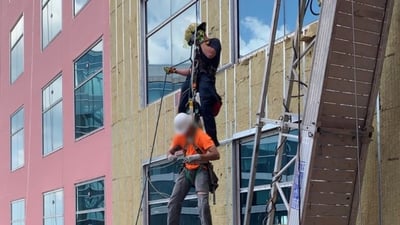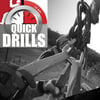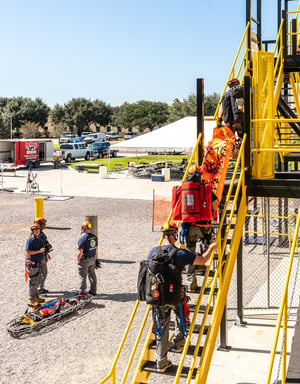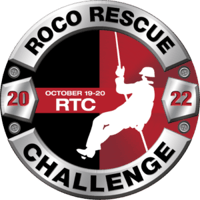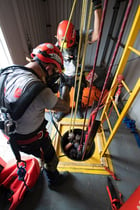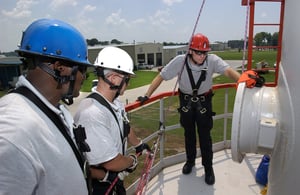
Everything was going great, when all of a sudden, in the blink of an eye, the unthinkable happens. You find yourself in a situation where you need emergency services, and you need them FAST! You pick up the phone, dial 9-1-1, and await their arrival. It seems like an eternity, but the reality is, only a few minutes have passed. Emergency services arrive, and just as quick as tragedy struck, they’ve now seemed to make that chaos disappear.
So how does this apply to industrial facilities?
In the industrial world, tragedy can strike just as quickly as in the civilian world – the difference is, however, 9-1-1 may have a much longer response time. This is primarily due to being unfamiliar with the industrial facility. Normally, there are many obstacles to overcome between where they arrive and where the patient is located. There can also be the issue of proximity to the plant site, or what if the emergency response service is out on another call?
What can be done to ensure that the best resources are available immediately when they are needed?
And, while emergency service personnel are trained to handle many different types of emergencies, they likely have very limited training, if any at all, in industrial emergencies. As a paramedic who worked in EMS for over a decade, I can tell you that this was entirely the case during my EMS career. So, what can industrial facilities do to prepare for emergencies — particularly rescue emergencies? And, what can be done to ensure that the best resources are available immediately when they are needed?
The answer – Standby Rescue Services.
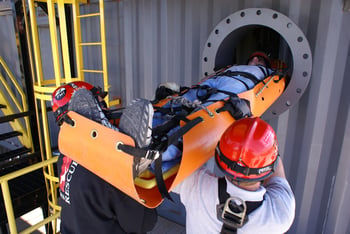 Here’s why standby services can make the most sense. Standby rescue teams are often the only way to ensure that the best resources are readily available in the unfortunate event they are needed. Unlike most emergency services, standby rescue teams are trained specifically to handle emergencies in the industrial setting – especially for scenarios involving confined space rescue, high angle rope rescue, or rescue of a worker suspended from fall protection. For these scenarios, rapid response times are critical in determining the outcome, and possibly the survival of the victim entirely.
Here’s why standby services can make the most sense. Standby rescue teams are often the only way to ensure that the best resources are readily available in the unfortunate event they are needed. Unlike most emergency services, standby rescue teams are trained specifically to handle emergencies in the industrial setting – especially for scenarios involving confined space rescue, high angle rope rescue, or rescue of a worker suspended from fall protection. For these scenarios, rapid response times are critical in determining the outcome, and possibly the survival of the victim entirely.
Rapid response times are critical in determining the outcome, and possibly the survival of the victim entirely.
In contrast to typical emergency response services, standby rescue services are already on-site; and oftentimes, staged in the area where the work is being performed. Standby rescue services are also likely to be very familiar with the facility to which they are assigned. This can contribute to an incredibly fast response time in the event that an emergency arises.
What about facilities that have their own rescue-trained personnel? There’s no doubt having facility personnel trained in rescue operations is an outstanding way to decrease response times and increase positive outcomes during an emergency. For routine and short-term tasks, relying on cross-trained facility personnel can be an effective solution; however, for large-scale projects and turnarounds with multiple areas of work or more complex technical rescues, a dedicated standby team may be your best bet.
An experienced standby team knows how to properly assess the worksite, prevent possible incidents and react in a calm and efficient manner.
Many times, large facilities with their own emergency response team will still contract professional 3rd party rescue teams – especially during large projects or turnarounds when their team is already tasked to the max. With large-scale projects, there could be ten-fold the number of contractors and personnel on site in addition to the vast number of entries, on-air entries, work-at-height and other hazardous work.
You can see that having a professional standby rescue team onsite for hazardous work activities can be the difference between life or death. It can mean the quickest response and fastest recovery of an endangered worker. It can also make your project flow more smoothly while providing for added safety. An experienced standby team knows how to properly assess the worksite, prevent possible incidents and react in a calm and efficient manner. It simply makes good sense.


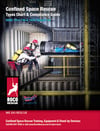
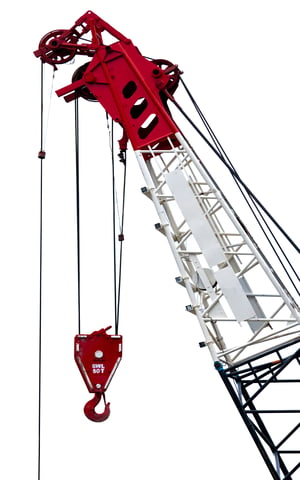
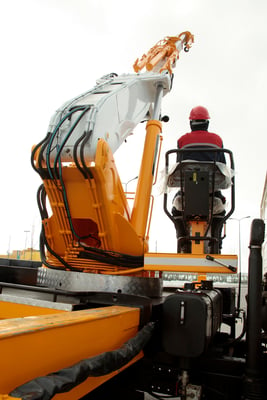 WARNING: Taking it a step further, if some movement of the crane is required, extreme caution must be taken! Advanced rigging techniques may be required to prevent movement of the crane from putting undue stress on the rescue system and its components. Rescuers must also evaluate if the movement would unintentionally “take-in” or “add” slack to the rescue system, which could place the patient in harm’s way. The movement of a crane can take place on multiple planes – left-right, boom up-down, boom in-out and cable up-down. If movement of the equipment must take place, rescuers must evaluate how it might affect the operation of the rescue system.
WARNING: Taking it a step further, if some movement of the crane is required, extreme caution must be taken! Advanced rigging techniques may be required to prevent movement of the crane from putting undue stress on the rescue system and its components. Rescuers must also evaluate if the movement would unintentionally “take-in” or “add” slack to the rescue system, which could place the patient in harm’s way. The movement of a crane can take place on multiple planes – left-right, boom up-down, boom in-out and cable up-down. If movement of the equipment must take place, rescuers must evaluate how it might affect the operation of the rescue system.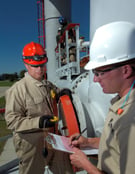
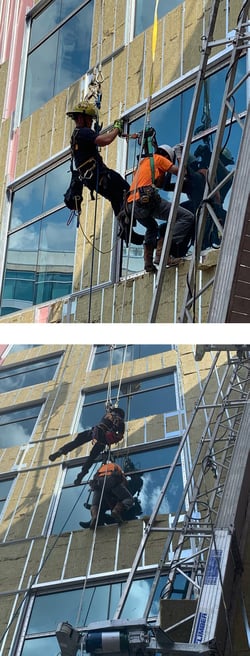 Two construction workers were left hanging from their safety harnesses after the scaffolding holding the workers failed at Ochsner Lafayette General Medical Center. According to the Lafayette Fire Department, one person received major injuries, and another received minor injuries.
Two construction workers were left hanging from their safety harnesses after the scaffolding holding the workers failed at Ochsner Lafayette General Medical Center. According to the Lafayette Fire Department, one person received major injuries, and another received minor injuries. 